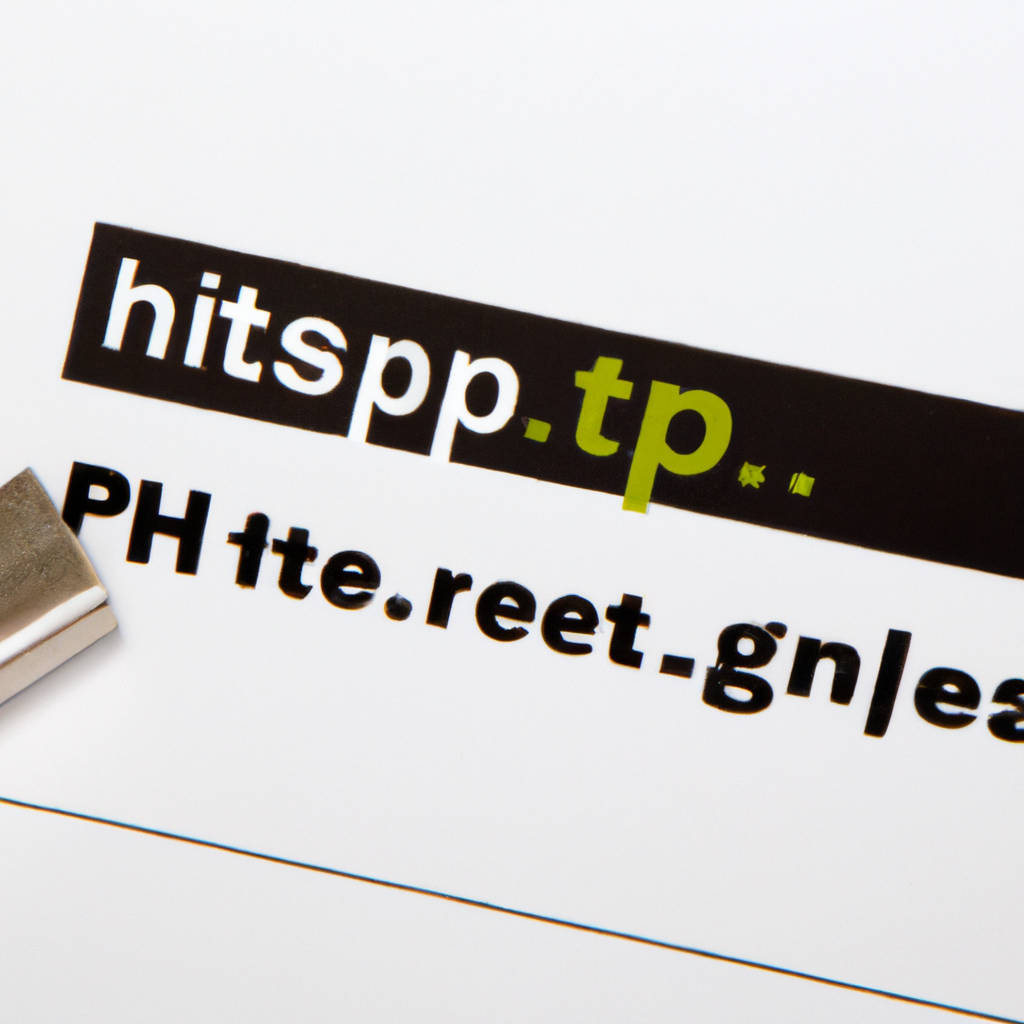Creating a Slack Slash Command in less than 10 minutes is a straightforward process that enhances the functionality and efficiency of your workspace. This task involves simple coding, and even if you’re not a seasoned programmer, you can easily master it. Initially, you need to navigate to the Slack API website, where you’ll create a new app and tie it to your workspace. After that, you’ll set up a slash command by selecting it from the features and functionality menu. The next step involves deciding on the command name and request URL, where the data will be sent when someone uses your command. To make your command responsive, you’ll need to set up a server to listen for a POST request. You can do this using various programming languages like Python, Node.js, or PHP. Once done, you simply need to install your app to your workspace and voila! Your slash command is ready to use. The whole process is quick and easy, making it possible to add custom functionality to your Slack workspace in under 10 minutes.

Understanding Slash Commands
Slash commands are a unique feature in various software applications and online platforms that allow users to perform specific tasks more efficiently. Understanding slash commands is crucial for enhancing productivity and creating a seamless work process. They are typically triggered by typing a slash (/) followed by a keyword into the text box. This action initiates a command which the software recognizes and responds to accordingly. For example, in a chat platform, typing “/mute” might silence notifications while “/unmute” would turn them back on. Slash commands vary widely depending on the software or platform in use, each having its own set of commands tailor-made to enhance its functionality and user experience. Some software applications have a broad array of slash commands covering numerous tasks such as formatting text, navigating around the interface, controlling the software settings, and much more. Other platforms may have a more limited set of commands focused on performing specific tasks. Understanding and mastering these commands can significantly enhance your efficiency and effectiveness, whether you’re collaborating on a project, managing a team, or just chatting with friends. It’s worth noting that while slash commands are powerful, they can also be a bit daunting for beginners. Therefore, it’s recommended to start by learning the basic commands before gradually moving on to more complex ones. Many platforms provide a “/help” command or a similar feature that provides a list of available commands, which can be a great starting point for those new to slash commands. In conclusion, understanding slash commands is an essential skill in today’s digital age, offering a faster and more efficient way to navigate and control software applications and online platforms.
Advantages of Using Slash Commands
Slash commands provide numerous benefits, particularly in enhancing efficiency and productivity in digital communication platforms. They primarily simplify the process of using these platforms by enabling users to execute functions directly from the text input field. This eliminates the need for navigating through menus or interfaces, thereby saving significant time. For instance, in platforms like Slack, you can change your status, send a direct message, or join a channel with just a simple slash command. Moreover, slash commands are relatively easy to learn and use, even for non-tech-savvy individuals, thus making the digital platform more user-friendly. They also promote multitasking as users can perform multiple actions simultaneously without leaving their current window. From a software development perspective, slash commands offer a convenient way to add functionality to an application without cluttering the user interface. They allow for the integration of third-party applications, enabling users to access a wider range of services from one platform. Lastly, slash commands are customizable, allowing users to create commands that suit their specific needs. Therefore, the use of slash commands significantly enhances the user experience on digital communication platforms by boosting efficiency, productivity, accessibility, and convenience.

Getting Started with Slash Commands
Slash commands are immediate shortcuts that you can use in many applications and platforms, such as Slack, Discord, or Github, to perform a specific task or function. These commands are initiated by typing a forward slash, “/”, followed by specific keywords which command the application to perform a set task. They can significantly improve your productivity by saving time and enhancing your navigation within the application.
When getting started with slash commands, it’s important to first familiarize yourself with the list of commands available within the specific program you’re using. The list of commands can usually be found in the application’s help section or documentation. Once you have a grasp of the commands you’d like to use, you simply type a forward slash into the text box, followed by your command. For instance, if you wanted to set your status on Slack, you would type “/status” followed by your desired status.
While the usage of slash commands is quite straightforward, the challenging part is memorizing the commands that are specific to each application. However, the time invested in learning these commands pays off in the long run by making your tasks more efficient. To stay on top of your game, it’s beneficial to keep a cheat sheet of the most frequently used commands until you get used to them.
In addition, many applications allow you to create custom slash commands to cater to your specific needs. This means you can establish personalized shortcuts to perform tasks that are frequent in your day-to-day operations. Getting started with slash commands may require a bit of learning curve, but once mastered, they can greatly enhance your productivity and efficiency within the application.
Integrating Slack Commands with a Pipedream Workflow
Integrating Slack commands with a Pipedream workflow can streamline communication and productivity for teams. This integration enables users to trigger workflows directly from Slack using slash commands. Pipedream is an integration platform, or iPaaS, that lets you create workflows that connect APIs, databases, and other applications without any code. By integrating Slack commands into the Pipedream workflows, teams can automate routine tasks and efficiently manage processes. For example, a Slack command could trigger a Pipedream workflow that sends a report, updates a database, or posts a message. The integration works by using Slack’s API and Pipedream’s platform to communicate and respond to specific commands. Users set up a custom Slack command that sends a HTTP POST request to a specific Pipedream endpoint. This integration creates a seamless experience where users can execute complex tasks from within the familiar Slack interface. It’s also customizable, as users can design Pipedream workflows to perform a variety of tasks. Therefore, integrating Slack commands with Pipedream workflows serves as a powerful tool for teams to automate tasks, improve productivity, and streamline operations.

Building and Configuring Your Workflow
Building and configuring your workflow is an essential process that significantly impacts productivity, efficiency, and overall success. This process involves defining, organizing, and managing the tasks and activities associated with a specific project or business operation. To build an effective workflow, it is crucial to identify and outline all tasks involved in a project, determine their sequence, allocate resources, and establish timelines. Once this is done, configuring the workflow involves setting up the system or tool that will be used to manage this workflow. This could range from simple spreadsheets to sophisticated project management software. The configuration process should ensure that the system accurately represents and supports the established workflow, including task dependencies, progress tracking, notification settings, and more. This also involves setting up access controls and permissions, especially when multiple team members are involved. The goal is to create a clear, intuitive, and transparent system that allows all stakeholders to understand their roles, responsibilities, and the status of the project at any given time. It’s worth noting that building and configuring a workflow is not a one-time activity. As projects evolve and business needs change, workflows should be continuously reviewed and adjusted to ensure they remain effective and relevant. This iterative process can lead to significant improvements in project outcomes, team collaboration, and overall business performance.
Setting Up the HTTP Response
Setting up an HTTP response is a crucial step in the process of web development. This process involves the creation of a message that a server sends to a client in response to an HTTP request made by the client. The structure of this message typically includes a status line, headers, and a message body. The status line provides information on the request’s success or failure, represented by status codes such as 200 for success, 404 for not found, and 500 for server errors. Headers, on the other hand, give additional details about the response or the requested resource. They could stipulate the content-type (like HTML, JSON, or XML), set cookies, or define caching policies, among others. The message body contains the actual resource or data requested. Properly setting up these elements ensures efficient communication between the client and the server.
Additionally, it’s also important to consider the use of appropriate HTTP methods, such as GET, POST, PUT, DELETE, etc., which define the type of action required on the resource. For instance, GET retrieves data, POST submits data to be processed, PUT updates data, and DELETE removes data. Each method should return a suitable HTTP response to maintain the integrity of the communication. Furthermore, customization of HTTP responses can significantly enhance a user’s experience by providing more precise feedback and guidance. Understanding and implementing HTTP responses correctly is, therefore, a fundamental skill for any web developer aiming for optimized server-client communication.

Asynchronous Replies with response_url
Asynchronous replies with response_url are a unique feature in the world of web development and programming. This method enables a system to send a delayed or scheduled response to an HTTP request, which can be especially beneficial in situations where immediate responses are not feasible due to processing time or other technical constraints. When a system receives an HTTP request, instead of replying instantly, it provides a response_url. This URL serves as a placeholder for the eventual response. The requesting system then uses this URL to retrieve the response when it’s ready. Asynchronous replies essentially allow the server to work on other tasks or requests while the original request is being processed, thus improving efficiency and reducing the likelihood of server congestion. However, it’s essential to handle asynchronous replies with care, as they can create complexity, especially in error handling and synchronisation. This method is widely used in applications like Slack, where bot messages often require processing time, and instant replies are not always possible. Asynchronous replies with response_url, therefore, present a powerful technique for managing web traffic and ensuring smooth, uninterrupted service.
Subscribe for More Tips
If you’ve found value in the advice and information that has been shared up until now and are interested in enhancing your knowledge further, consider subscribing for more tips. By doing so, you’ll be providing yourself with a consistent flow of valuable insights on a regular basis, conveniently delivered to your inbox or notification section. Subscriptions often come with additional benefits, such as exclusive content, early access to new material, or even discounts on related products or services. Regardless of your area of interest, whether it’s cooking, business, fitness, or technology, subscribing for more tips can be a powerful tool in progressing your skills and understanding. The information you receive could help you make informed decisions, avoid common pitfalls, and ultimately, succeed in your endeavors. In this era of information overload, subscribing for tips from trusted sources can help filter out the noise and direct your attention to what’s most useful and relevant to you. Remember, the journey of learning is continuous and subscribing for more tips is a simple, yet effective way, to make sure you’re always equipped with the latest insights and knowledge. So, don’t miss out on this opportunity to broaden your perspective and deepen your expertise. Subscribe and stay connected, because every bit of information counts and can make a difference in your journey towards self-improvement and success.

Reducing Churn with Stripe and ChatGPT
Reducing customer churn rate is a critical priority for any business seeking to maintain sustainability and increase profitability. Utilizing Stripe and ChatGPT can significantly assist in achieving this goal. Stripe, a payment processing system, offers a plethora of features that can help in reducing churn. For instance, Stripe can automatically update expired credit card information, eliminating the risk of payment failure which could potentially lead to churn. It also provides detailed analytics and insights regarding customer payment behaviors, enabling businesses to identify potential churn risks and take proactive measures.
On the other hand, ChatGPT, a language model developed by OpenAI, can enhance customer service, another crucial aspect in churn reduction. With its capacity to understand and generate human-like text, ChatGPT can be used to create a conversational AI that can manage customer inquiries and complaints effectively and promptly. This can greatly improve the customer experience, making customers feel valued and heard, thereby increasing their loyalty and reducing the likelihood of them leaving the company. Furthermore, by analyzing customer interactions, ChatGPT can help identify common issues or pain points that lead to customer dissatisfaction, enabling businesses to address these problems and prevent future churn.
In combination, both Stripe and ChatGPT can be powerful tools in a business’s churn reduction strategy. By ensuring smooth payment processes and enhancing customer service, businesses can significantly improve customer retention and consequently, their bottom line. Therefore, it is worth considering the integration of these technologies into business operations.
Custom OAuth Clients
Custom OAuth Clients are a crucial component in the architecture of modern application development, specifically in managing secure user authentication and authorization. OAuth is an open-standard authorization protocol that provides applications the ability for “secure designated access.” This essentially means that users can grant third-party applications access to their information on other services, without sharing their password. Custom OAuth Clients are built by developers to interface with the OAuth server, sending requests for access tokens. These tokens are then used to access protected resources on behalf of the user. One significant advantage of using a custom OAuth client is the flexibility it offers. Developers can tailor the OAuth client to suit the specific needs of their applications, ensuring optimal compatibility and functionality. For instance, they can customize the scope of access provided by the tokens, or the duration for which these tokens remain valid. Furthermore, custom OAuth clients can be designed with added security features to mitigate potential risks associated with token interception or misuse. However, creating a custom OAuth client requires a deep understanding of the OAuth protocol, its workflows, and potential security vulnerabilities. Therefore, it’s crucial for developers to thoroughly test their custom OAuth clients, ensuring that they function as intended while maintaining the robust security that OAuth aims to provide.

Creating an Out-of-Office Reminder System
Creating an Out-of-Office Reminder System is an essential component in the professional world, especially for individuals who frequently travel or work remotely. This system serves as a communication tool that informs colleagues, clients, partners, or any other relevant party about your absence, thus maintaining a smooth flow of operations even in your absence. To create an effective reminder system, you would need to consider a few fundamental aspects such as the platform to be used, whether it’s email, project management software, or any other communication tool relevant to your work environment. The next step is to craft a clear, concise, and polite out-of-office message that informs the recipient about your absence, the duration, and whom to contact for urgent matters. It’s also advisable to set an automatic response to ensure that no message goes unanswered, thereby minimizing any potential misunderstandings or communication breakdowns. Furthermore, integrating your out-of-office reminder system with your calendar or scheduling tool can provide reminders or notifications for upcoming absences, making it easier to plan and prepare. It’s important to remember that an out-of-office reminder system isn’t just about informing others of your absence; it’s also about ensuring continuity and efficiency within the workplace, even when you are not physically present. Therefore, the system should be designed in a manner that supports, rather than hinders, the overall operations and communication flow within the organization.